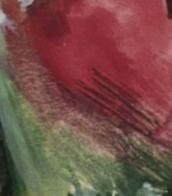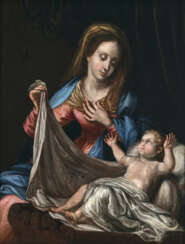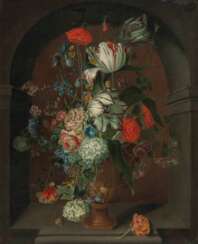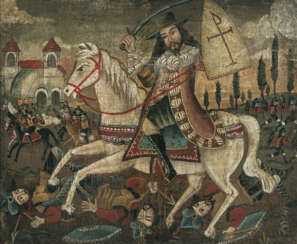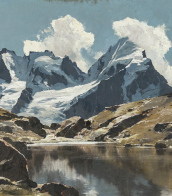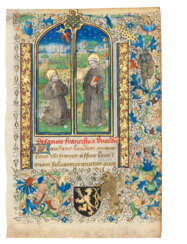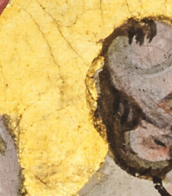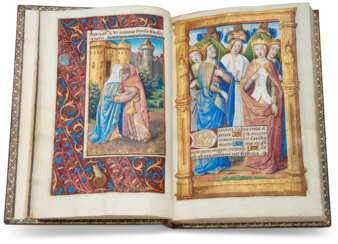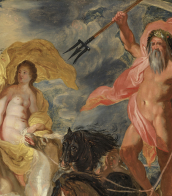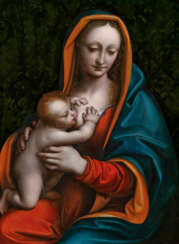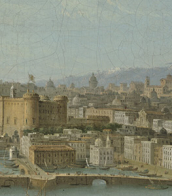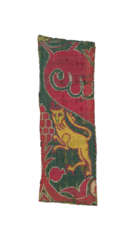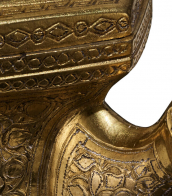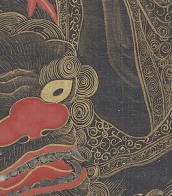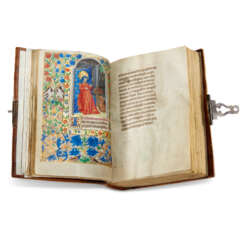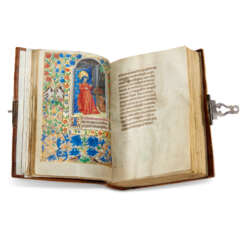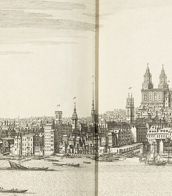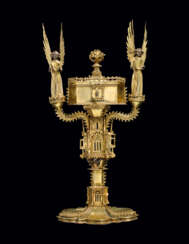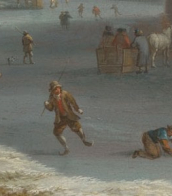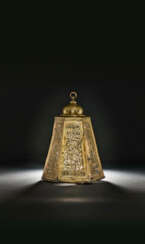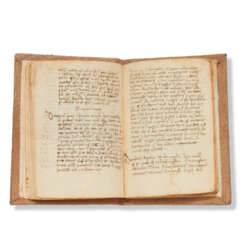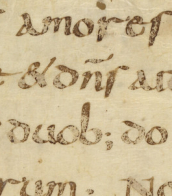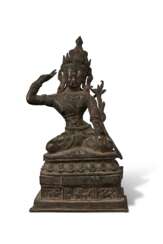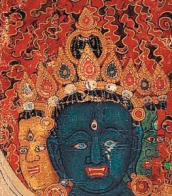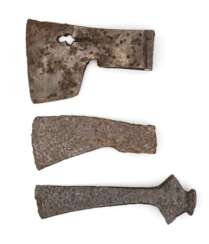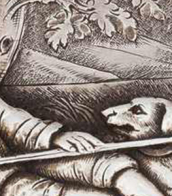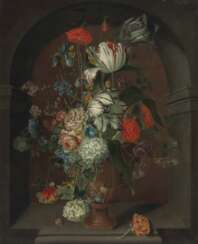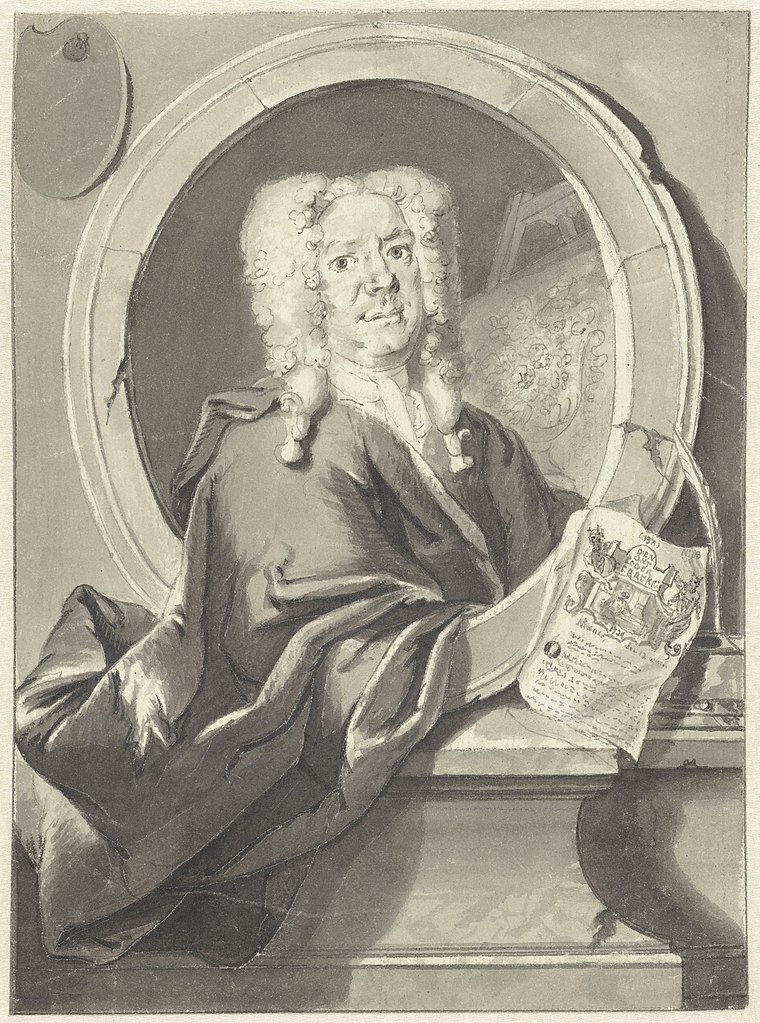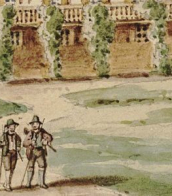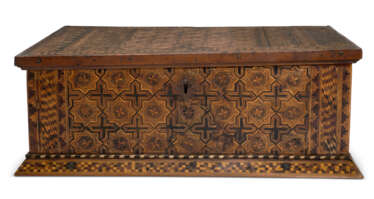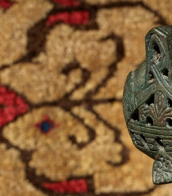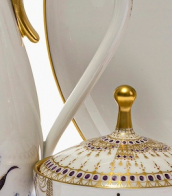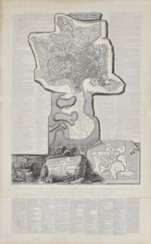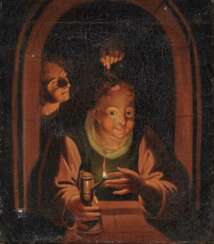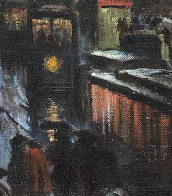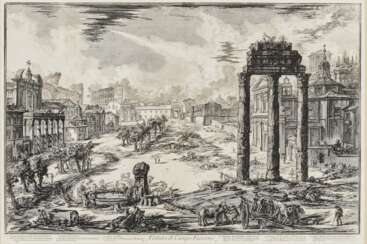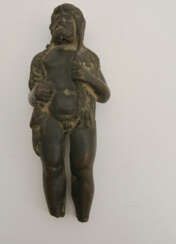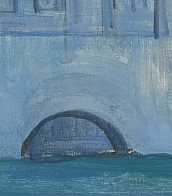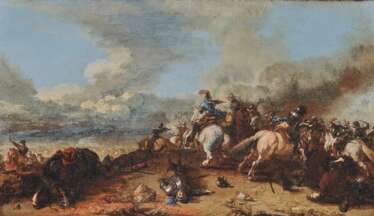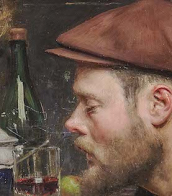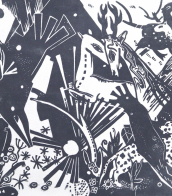15th&
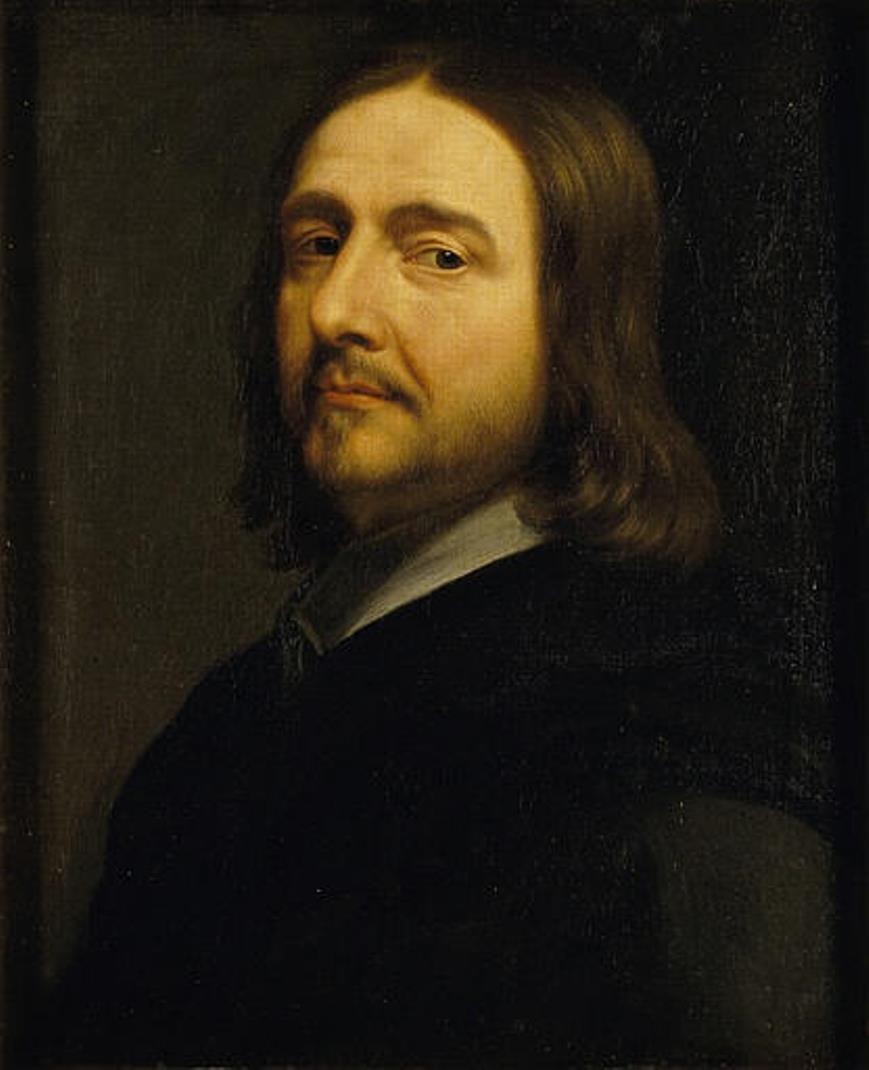
Philippe de Champaigne was a French painter and engraver of Flemish origin, a major representative of the French Baroque school. He was one of the founders of the Royal Academy of Painting and Sculpture in Paris. Champaigne created a very large number of portraits of the high nobility, as well as paintings on religious themes.
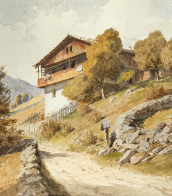

Philippe de Champaigne was a French painter and engraver of Flemish origin, a major representative of the French Baroque school. He was one of the founders of the Royal Academy of Painting and Sculpture in Paris. Champaigne created a very large number of portraits of the high nobility, as well as paintings on religious themes.
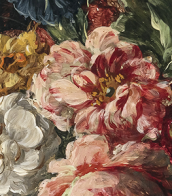
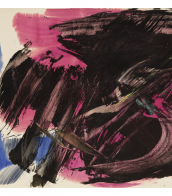
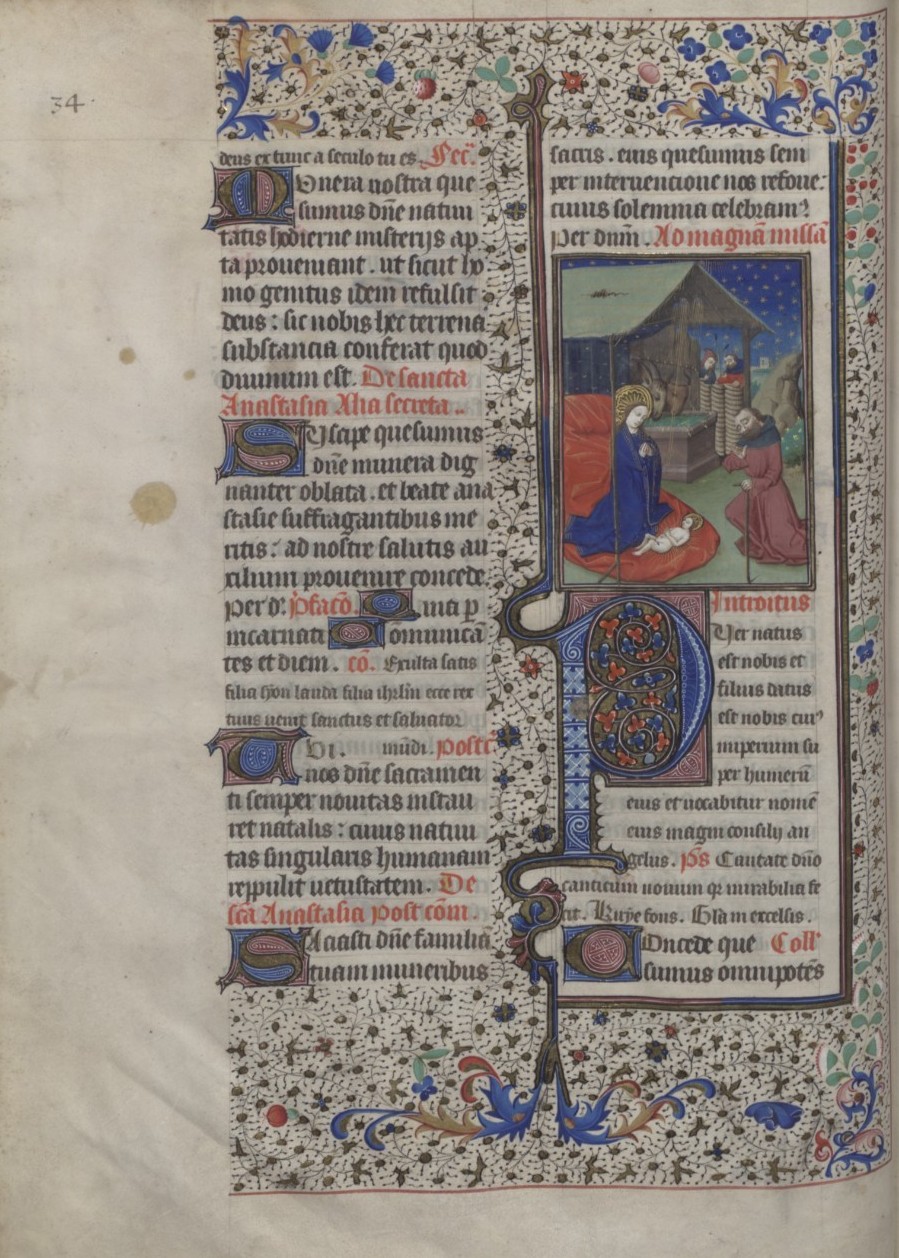
Master of the Troyes Missal de Troyes was a French book illustrator who worked in Troyes in the mid-15th century.
The artist got his name from the missal (liturgical book) he illustrated, which is now preserved in Paris. The master is considered one of Troyes' most brilliant illustrators circa 1450. Contemporaries described him as "the most prominent figure in Troyes' illuminations of the mid-15th century. Troyes was the main center of book production in Champagne during the second half of the 15th century, when the region's lavish manuscripts made it an alternative to Paris, and the master of Troyes books was the most sought-after artist in that city. The widespread demand among devout laymen for the Book of Hours (the most popular liturgical text of the Middle Ages) brought the Troyes master many commissions.
Elegantly elongated figures with flat faces, richly brocaded tapestries, and checkered green floors are hallmarks of the artist's work.
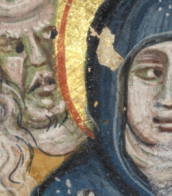
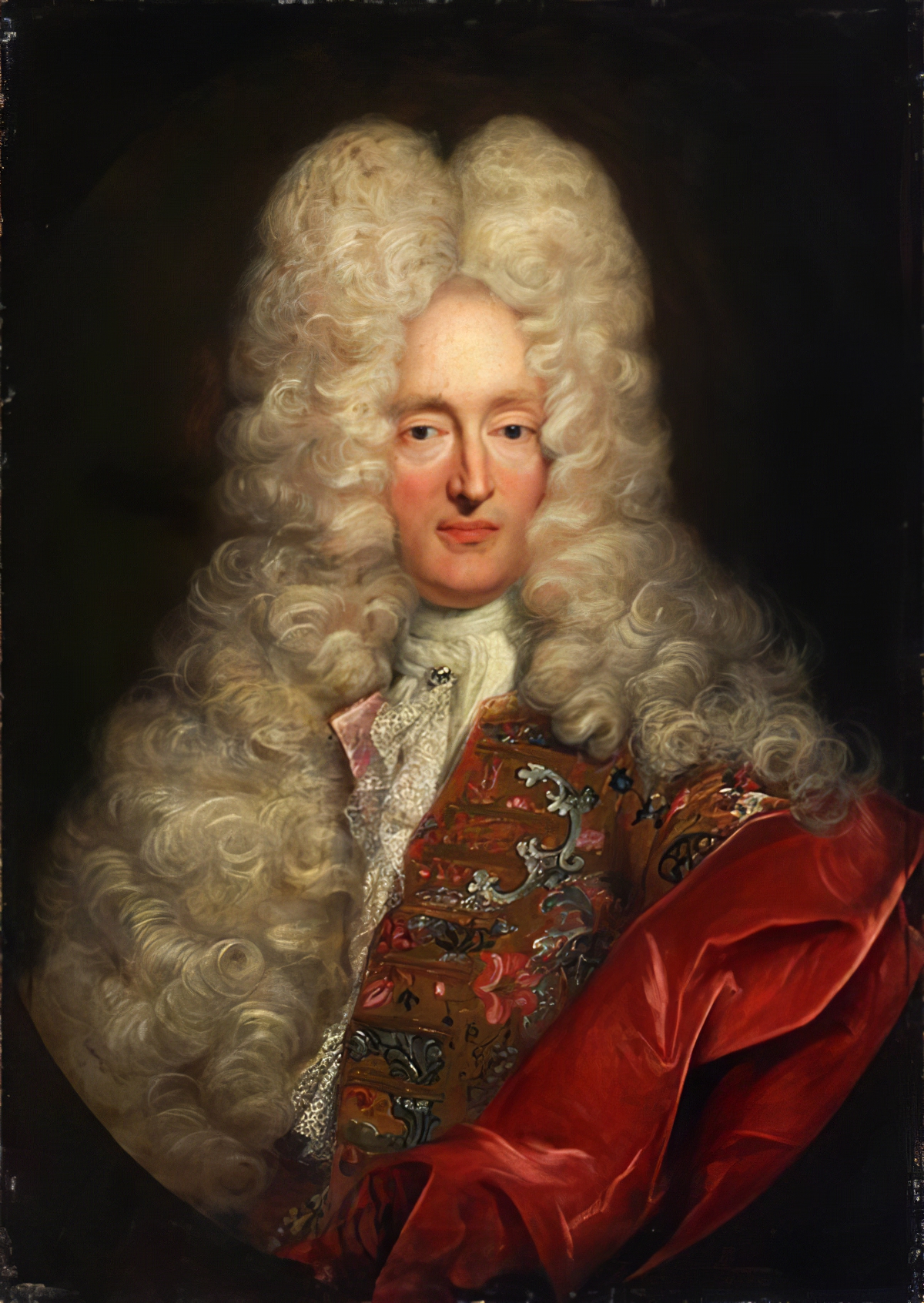
Frans van Stampart was a Flemish portrait painter, printmaker and publisher. The artist established a reputation as a portraitist of European rulers, aristocrats and higher clergy. He had an international career, which brought him to the court in Vienna where he worked as court painter of the Imperial court. He is also known as the co-publisher of two publications which depict the Imperial art collection in Vienna and for which he also made some of the engravings.
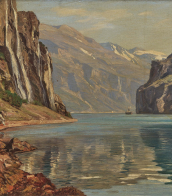
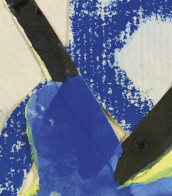
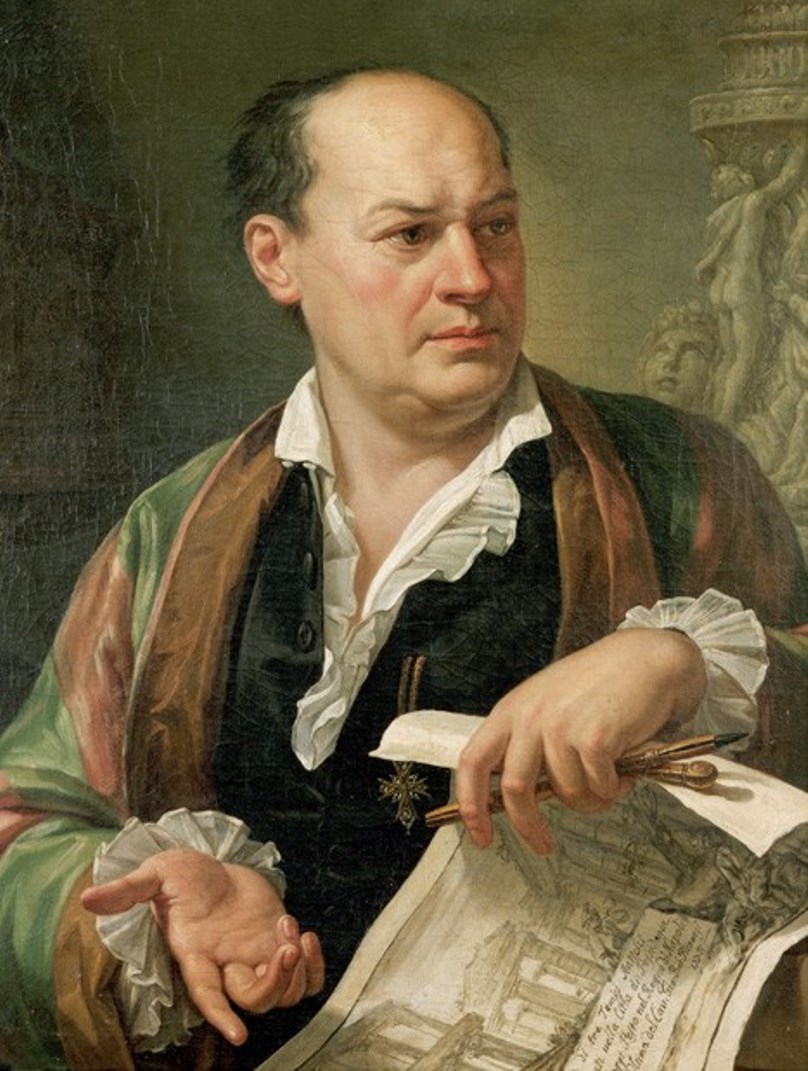
Giovanni Battista Piranesi was an 18th-century Italian painter, engraver, architect, and archaeologist who represented Neoclassicism and Romanticism. He was famous for creating a lot of original etchings with images of antique architecture monuments.
Giovanni Piranesi created hundreds of drawings and drafts in which he depicted the reconstructed ruins of ancient Roman buildings. His works are still used as teaching aids in the education of architectural students in many prestigious European universities. Piranesi periodically printed voluminous books with dozens of his own engravings depicting modified ancient architectural masterpieces - "graphic fantasies". His works were in demand among professional architects, who borrowed Piranesi's original ideas for their designs.
The peak of Piranesi's career came in the 1760s when, in recognition of his merits, he became an honorary member of the Guild of St. Luke and received from the Pope the title of Knight of the Golden Spur.
More than 700 of the master's original etchings have survived, printed in scholarly works.
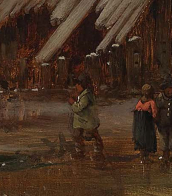

Giovanni Battista Piranesi was an 18th-century Italian painter, engraver, architect, and archaeologist who represented Neoclassicism and Romanticism. He was famous for creating a lot of original etchings with images of antique architecture monuments.
Giovanni Piranesi created hundreds of drawings and drafts in which he depicted the reconstructed ruins of ancient Roman buildings. His works are still used as teaching aids in the education of architectural students in many prestigious European universities. Piranesi periodically printed voluminous books with dozens of his own engravings depicting modified ancient architectural masterpieces - "graphic fantasies". His works were in demand among professional architects, who borrowed Piranesi's original ideas for their designs.
The peak of Piranesi's career came in the 1760s when, in recognition of his merits, he became an honorary member of the Guild of St. Luke and received from the Pope the title of Knight of the Golden Spur.
More than 700 of the master's original etchings have survived, printed in scholarly works.
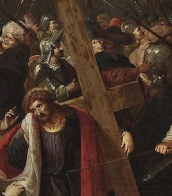

Giovanni Battista Piranesi was an 18th-century Italian painter, engraver, architect, and archaeologist who represented Neoclassicism and Romanticism. He was famous for creating a lot of original etchings with images of antique architecture monuments.
Giovanni Piranesi created hundreds of drawings and drafts in which he depicted the reconstructed ruins of ancient Roman buildings. His works are still used as teaching aids in the education of architectural students in many prestigious European universities. Piranesi periodically printed voluminous books with dozens of his own engravings depicting modified ancient architectural masterpieces - "graphic fantasies". His works were in demand among professional architects, who borrowed Piranesi's original ideas for their designs.
The peak of Piranesi's career came in the 1760s when, in recognition of his merits, he became an honorary member of the Guild of St. Luke and received from the Pope the title of Knight of the Golden Spur.
More than 700 of the master's original etchings have survived, printed in scholarly works.
